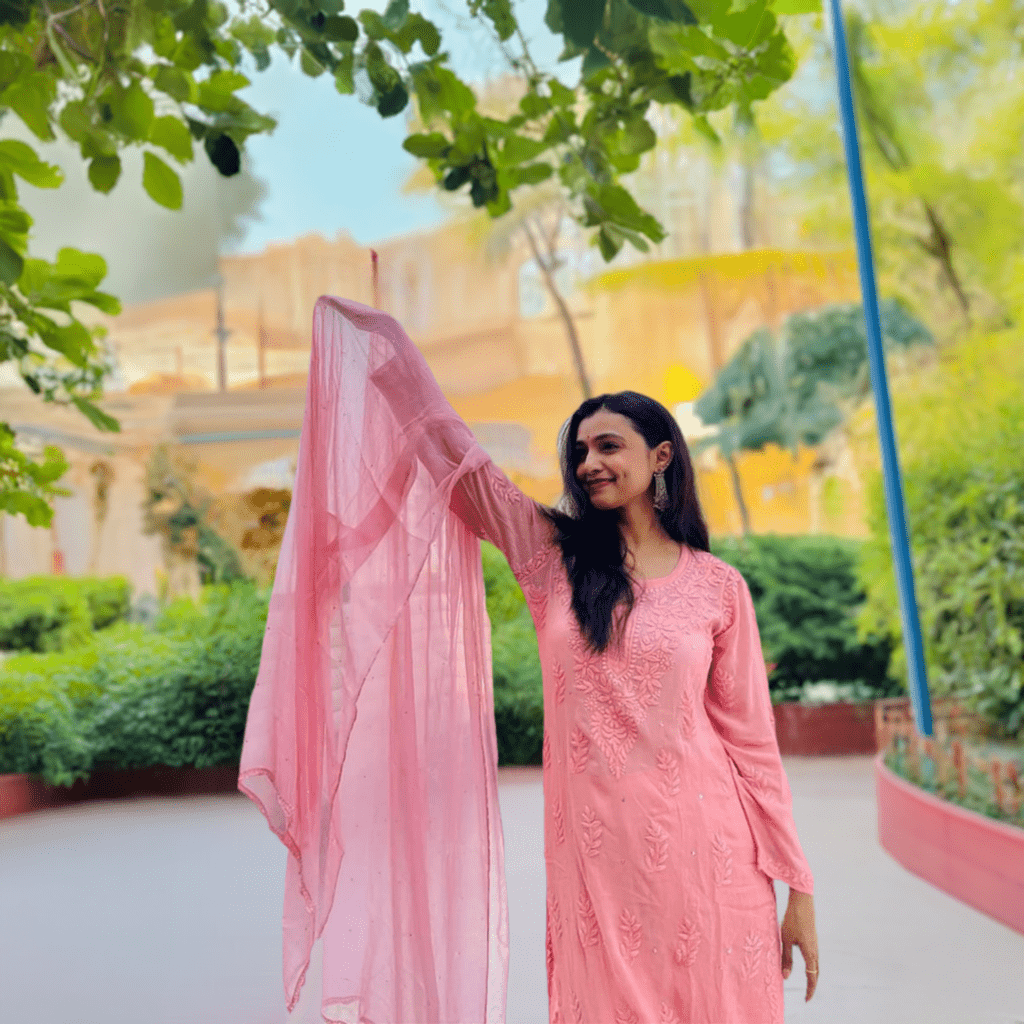
History of chikanakri
Share
Certainly! Chikankari is a delicate embroidery style that originated in Lucknow, India. Here are some key points about it:
-
Origin and History:
- Chikankari has a rich history and is believed to have existed as early as the 3rd century BC.
- The word “chikankari” translates to “embroidery” (using thread or wire).
- It gained prominence during the Mughal era, especially under Noor Jahan, the Mughal empress.
- Some legends credit Noor Jahan with introducing chikankari to India.
-
Technique:
- Chikankari involves hand-stitching patterns on lightweight fabrics using white thread.
- Fabrics commonly used for chikankari include muslin, cotton, and silk.
- The embroidery creates a textured and graceful effect.
- Lucknow remains the heart of the chikankari industry, and the variety is known as Lucknawi chikan.
-
Stitches and Embellishments:
- Stitches used in chikankari include backstitch, chain stitch, and hemstitch.
- Additional embellishments like Mukaish, Kamdani, Badla, sequins, beads, and mirrors enhance its richness.
-
Variety and Trends:
- Chikankari has evolved to include colored threads to match fashion trends.
- It is done on fabrics like cotton, Georgette, crepe, chiffon, and silk.
- Sheer fabrics allow the stitches on the reverse side to create a characteristic shadow effect.
Remember, chikankari is not just embroidery; it’s a beautiful blend of tradition, artistry, and elegance! 🌸
